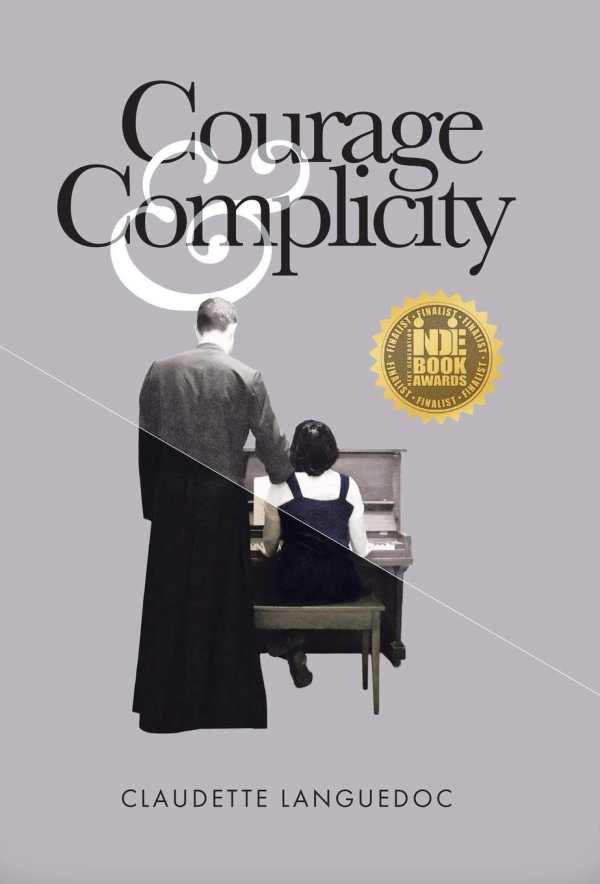Courage and Complicity
Courage and Complicity is a captivating historical drama in which a teacher wrestles with cultural attitudes towards Indigenous people.
In Claudette Languedoc’s historical drama Courage and Complicity, a young woman discovers the harsh realities behind Canada’s Indian Residential Schools.
In the 1940s, Mary is a bright new teacher who’s ready to take on the world. She accepts a position at an Indian Residential School. Its students are Indigenous, and Mary realizes that the school’s goal is assimilation by any means necessary. The school dehumanizes the students and disrespects their culture, beating and humiliating them. Mary wrestles with her professional ethics and moral compass.
Mary narrates, her inner monologue thoughtful. Her struggles are mirrored in the journal of another teacher, Brother Thomas; his entries give context to Mary’s experiences. Both Mary and Brother Thomas transform because of their experiences; their conversations are sympathetic. Mary starts the school year naïve and excited, while Brother Thomas has become complacent.
Racism, white savior complexes, and moral gray areas are dominant themes. Positions of ethnic and religious superiority are shown through punishments doled out to students who speak in their native language, as well as through provocative conversations between Mary and the nuns, affirming the nuns’ intentions to convert the children to Catholicism.
Most supporting characters are personalized through explanations of their religious affiliations, personal beliefs, habits, hobbies, and roles in the town. They include rebels and busybodies; all are layered and dimensional, so that even questionable behaviors have context. The exception is Mary’s boyfriend; their relationship is rarely spoken about and comes to feel superfluous.
Students’ stories play a major role, fueling Mary’s questioning. Her friendships with Indigenous people demolish her earlier stereotypes of them. Still, while the novel revolves around the abuses suffered by the students and the impact of the school on Indigenous communities, the voices of Indigenous characters take a back seat to Mary’s narrative, lessening their impact. Middle chapters rely on the drama and shock value of the abuse at the expense of developing the characters impacted.
Beautiful descriptions of the setting change with the seasons and reflect Mary’s mood; when she arrives in the summer, her accounts are sunny and bright, but fall and winter bring harsh weather and harsher realities, and Mary falls into depression. Mary’s walks in the woods result in illustrative depictions of the Canadian countryside. The 1940s are captured in mentions of clothing, technology, and conversations about World War II. An introspective conclusion brings all of Mary’s questions and struggles to bear in the present; it is satisfying and relevant.
Courage and Complicity is a captivating historical drama in which a teacher wrestles with cultural attitudes towards Indigenous people.
Reviewed by
Delia Stanley
Disclosure: This article is not an endorsement, but a review. The publisher of this book provided free copies of the book and paid a small fee to have their book reviewed by a professional reviewer. Foreword Reviews and Clarion Reviews make no guarantee that the publisher will receive a positive review. Foreword Magazine, Inc. is disclosing this in accordance with the Federal Trade Commission’s 16 CFR, Part 255.

